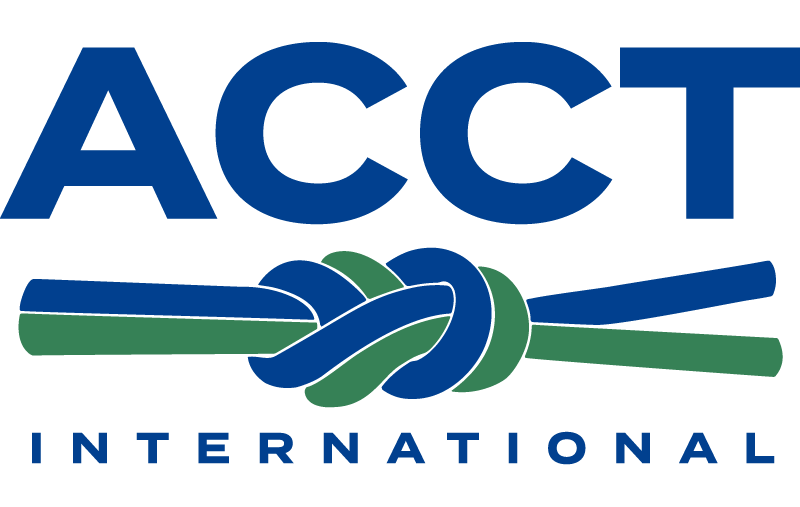UTAH Proposed Regulation: A Deeper Look
Background
Laws (HB381 and HB154) recently passed in the Utah legislature create the framework for regulation of Amusement Rides include zip lines. The regulation to enact the legislation is currently (December 15, 2020 to January 14, 2021) available for public comment.
The regulation essentially grabs an industry with a long history in UTAH, challenge courses, and adds it to another industry, the amusement ride industry. Most traditional educational, therapeutic, or camp challenge courses would not see themselves as part of the amusement industry. There is a strong history of practice and culture in the industry which is not well aligned with the other industry. The change is significant because it negates the history and safety practices of an industry that have a long and successful tenure. This could affect the way inspections, operations, and training are conducted as well as requiring significant changes to the way courses are documented and the relationships with builder.
Your participation in the public comment process, attendance at Amusement Ride Safety Committee (ARSC) meetings and other efforts is democracy in action and is deeply important. The ARSC is very early in its process and as such the comments and suggestions of stakeholders has more impact on the outcomes than it will have at the end of the process. This is the time to make your opinions heard.
It is important to be part of this process now. At this time, the systems and practices of this regulation have not been created. YOU, operators in the state of UTAH, can have a significant impact on the final shape of the rules. It is in your best interest to read and understand what is proposed and what impact it could have on your business. ACCT will provide analysis and support in this effort.
You will have the most impact in this process if you are a known person in the community. Those who are known through participation, who make comments that are respectful and useful become trusted people in the process. Frankly, trusted people have more impact on the process. So please, make comments and continue to be present to assure your voice not only heard but acted upon.
ANALYSIS
OVERVIEW
What: An addition to the UTAH Code which creates a committee to oversee and regulate amusement devices. The definition of Amusement Device would include most zip lines in UTAH. This is the first draft of the regulation which is expected to go into effect no later than April 1, 2022.
Who will be affected: Commercial zip lines and challenge course who charge a fee to outside users will be regulated. All traditional Amusement devices will be addressed.
Legislation: HB247 in 2018, HB381 in 2019 and HB154 in 2020. The existing code (Title 72 Chapter 16) can be found at the UTAH Legislatures site.
The regulator: The law creates the Utah Amusement Ride Safety Committee of 6 people appointed by the governor. Information on the Committee and its meetings can be found at: Amusement Ride Safety Committee Meeting | UDOT (utah.gov)
Key parts of the bill and regulations: Inspectors must be NARSO or AIMS certified. ACCT Inspector Certification is not recognized. The regulation is about operation and it will be to the ASTM F770 Standard. There is no description currently of an annual inspection as our industry has known it. Penalties for operating a ride without a permit could be significant.
Concerns: (All references are to the page number and Regulation number in the public comment regulations 12-15-2020 Utah Bulletin)
- The listed exemptions in the regulation are not well defined. [R960-60-3 (2)(b) and R960-60-3 (2)(j) ] It could be easy for a course to find that they are in violation and likely facing significant fines.
- The inclusion of all traditional challenge course and zip lines is clearly shown in the “Aerial Adventure Course” definition in section [R960-60-4 (1) ] This description is drawn from ASTM F2959 which is the standard in ASTM for zip lines, challenge courses and aerial adventure courses. The specific inclusion of ropes course indicates this will apply to many sites in the state.
- The F770 standards is part of the ASTM F24 Amusement Ride standards and would likely require sites to change from ACCT to ASTM to be compliant. [R960-60-7 ] This is a significant burden for an industry like ours with historically loose connections between the builder and the operator over time.
- Inspections could be difficult to complete because of a reduced pool of inspectors who are significantly experienced in our industry. Section R960-60-8 states that only NARSO and AIMS certified inspectors would be able to inspect in the state.
Next Steps
- Read the draft regulation.
- Contact ACCT
- Attend ACCT UTAH Stake Holder Meeting on December 28, 2020 at 12:00pm MST. (registration link is at the bottom of this post)
- Contact other operators who could be affected.
- Comment on the regulation.
- Attend hearings as the regulations are discussed.
Invitation
Hi there,
You are invited to a Zoom meeting.
When: Dec 28, 2020 12:00 PM Mountain Time (US and Canada)
Register in advance for this meeting:
https://us02web.zoom.us/meeting/register/tZYqcuysqDgtHdNCus3dDfATdTd7rABh8-QI
After registering, you will receive a confirmation email containing information about joining the meeting.
